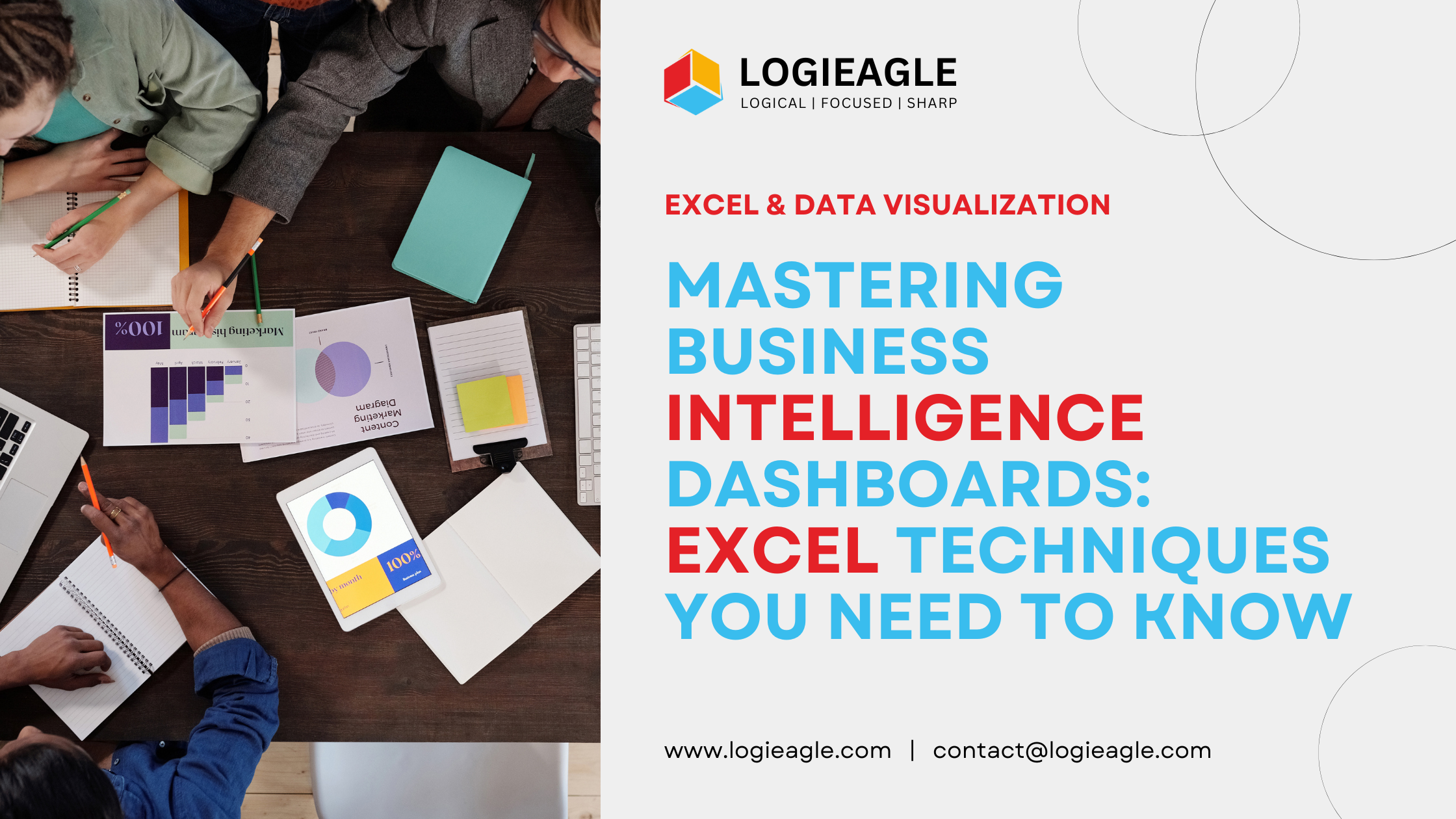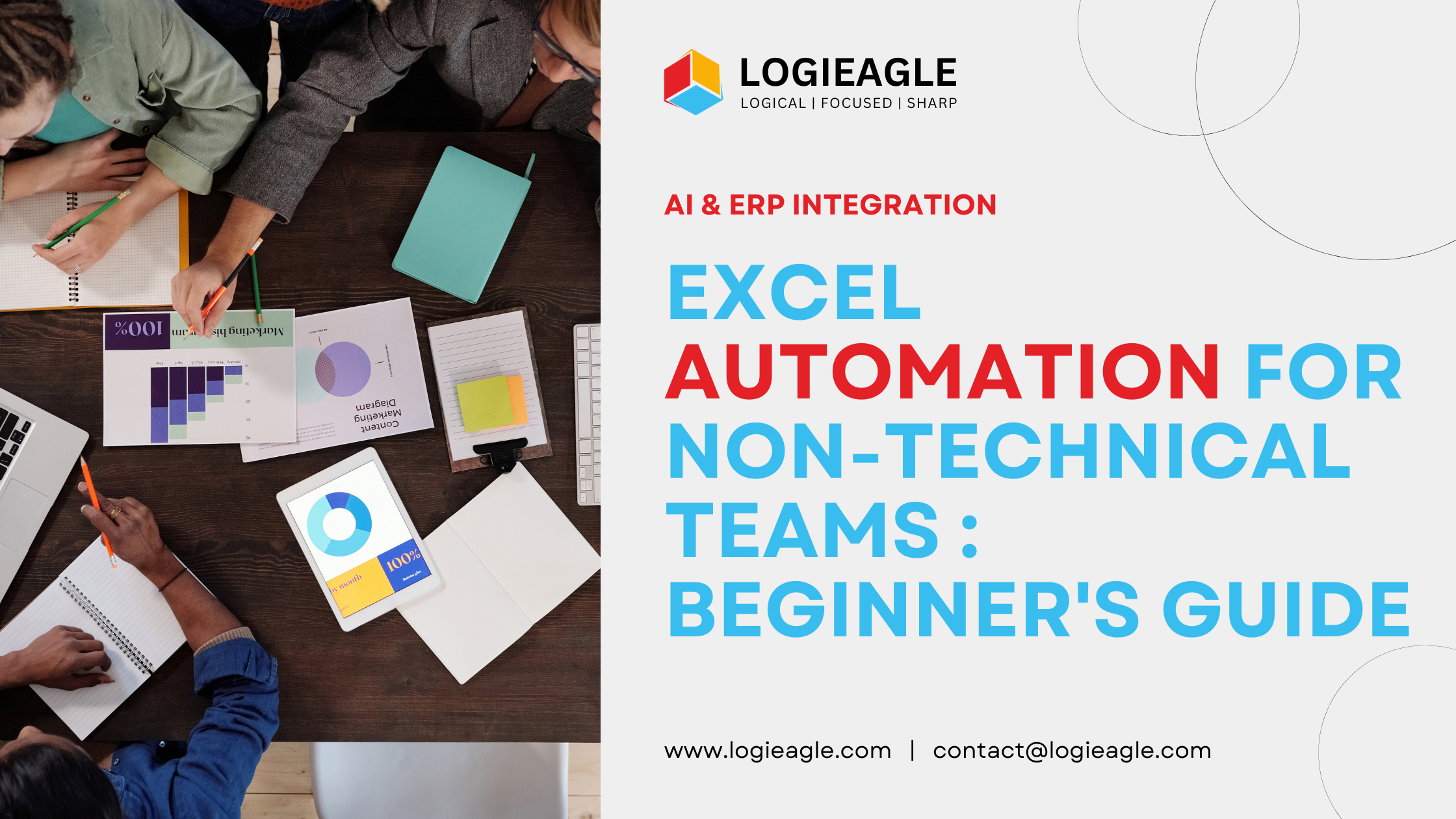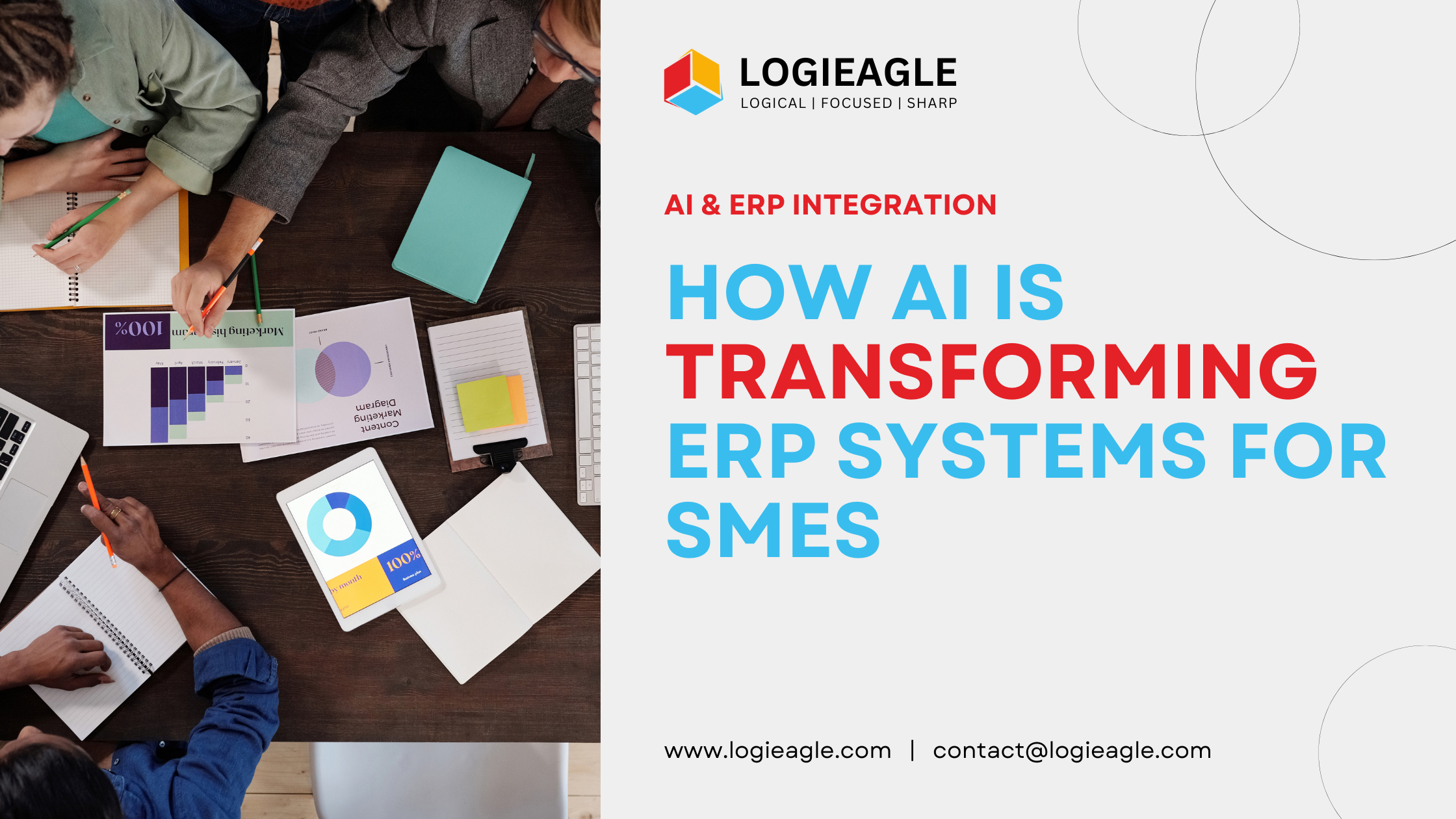
Maximize Efficiency: 7 ERP Tips for Small Businesses
Running a small business in today’s digital landscape requires smart technology investments that drive growth and efficiency. Enterprise Resource Planning (ERP) systems have emerged as powerful tools that can transform how small businesses operate.
Think of an ERP system as your business’s central nervous system – it connects and coordinates essential functions like:
- Financial management
- Inventory control
- Customer relationships
- Human resources
- Supply chain operations
Small business owners often hesitate to invest in ERP solutions, viewing them as complex systems meant for larger enterprises. Yet modern ERP platforms are designed to fit businesses of all sizes, offering scalable features that can significantly boost operational efficiency.
The right ERP system can eliminate manual processes, reduce errors, and provide real-time insights for better decision-making. As your business grows, an ERP solution becomes not just a useful tool – but a critical foundation for sustainable success.
Understanding ERP Systems for Small Businesses
Enterprise Resource Planning (ERP) systems are comprehensive business management platforms that integrate and streamline essential operations across your organization. Think of an ERP as your business’s central nervous system – it connects different departments and processes into one cohesive unit.
- Financial Management and Accounting
- Inventory and Supply Chain Operations
- Human Resources and Payroll
- Customer Relationship Management
- Sales and Marketing
- Project Management
- Manufacturing and Production
- Business Intelligence and Reporting
Small businesses gain distinct advantages from implementing ERP solutions:
- Real-Time Data Access: Make informed decisions with instant access to critical business metrics and reports
- Reduced Manual Work: Automate repetitive tasks and eliminate duplicate data entry
- Enhanced Accuracy: Minimize human errors through automated data handling and validation
- Improved Customer Service: Access customer information quickly and respond to inquiries efficiently
- Cost Reduction: Lower operational costs by streamlining processes and reducing waste
- Better Compliance: Meet regulatory requirements with built-in compliance tools
- Scalable Growth: Add new functionalities and users as your business expands
ERP systems designed for small businesses typically offer modular approaches, allowing you to start with essential features and scale up as needed. This flexibility helps manage initial investments while maintaining the potential for future growth.
Deployment Options for ERP Systems
Small businesses can choose from three distinct ERP deployment options, each with unique characteristics suited to different business needs.
With on-premise deployment, the ERP software and infrastructure are housed within your business premises. Here are some key features of this option:
- Complete control over data security and system customization
- Higher upfront costs for hardware and IT infrastructure
- Requires dedicated IT staff for maintenance and updates
- Ideal for businesses with strict data compliance requirements
Cloud-based solutions, on the other hand, are hosted on remote servers and accessed through an internet connection. Here are the main advantages of this deployment option:
- Minimal upfront investment with subscription-based pricing
- Automatic updates and maintenance handled by the provider
- Enhanced accessibility from any location with internet access
- Rapid deployment and scalability options
- Limited customization compared to on-premise solutions
Hybrid deployment combines elements of both on-premise and cloud solutions. This approach offers several benefits:
- Keep sensitive data on-premise while leveraging cloud benefits
- Flexible architecture adapts to changing business needs
- Cost-effective balance between control and accessibility
- Seamless integration between local and cloud-based components
The choice between these deployment options depends on your business size, budget, security requirements, and growth plans. Cloud-based solutions have gained popularity among small businesses due to their lower initial investment and reduced maintenance needs. Hybrid solutions offer a balanced approach for businesses requiring both data control and system flexibility.
Key Considerations Before Investing in an ERP System
A successful ERP implementation starts with a thorough assessment of your business requirements. Your ERP system should align with your company’s unique workflows, industryspecific needs, and growth objectives.
- Map out your current business processes
- Identify operational bottlenecks
- List specific features required for your industry
- Define scalability requirements for future growth
- Set a realistic budget range
Your existing software ecosystem plays a crucial role in ERP selection. The right ERP system should:
- Connect seamlessly with current business applications
- Support API integrations for custom solutions
- Enable data flow between departments
- Maintain data consistency across platforms
The reputation and reliability of your ERP vendor directly impact implementation success:
- Research vendor track record in your industry
- Check customer reviews and case studies
- Evaluate technical support quality
- Assess vendor’s financial stability
- Review update frequency and maintenance policies
The system’s ease of use affects adoption rates and ROI:
- Clean, intuitive user interface
- Mobile accessibility options
- Customizable dashboards
- Built-in training resources
- User-friendly reporting tools
A thorough evaluation of these factors helps prevent costly mistakes and ensures your ERP investment delivers maximum value for your small business.
Successful ERP Implementation Strategies
A successful ERP implementation begins with careful planning that aligns with your business objectives. Here’s how to ensure a smooth process:
Create a roadmap that outlines:
- Specific milestones and deadlines
- Resource allocation requirements
- Clear roles and responsibilities
- Risk assessment protocols
- Performance metrics for success
Design a comprehensive training program that includes:
- Role-based training sessions
- Hands-on practice environments
- Documentation and user guides
- Regular progress assessments
- Ongoing support mechanisms
Implement change management strategies to drive successful implementation:
- Involve stakeholders early in the process
- Communicate regularly about system changes
- Identify department champions
- Establish feedback loops for continuous improvement
- Recognize early adopters
Small businesses can reduce disruption by implementing the ERP system in phases. Start with core functions like accounting or inventory management, then gradually expand to other areas. This approach allows your team to adapt to changes while keeping daily operations running smoothly.
Create a dedicated support team to address technical issues and user concerns during the implementation phase. This team should include representatives from different departments to ensure comprehensive problem-solving capabilities.
Conduct regular system testing throughout the implementation process to identify and resolve potential issues before they affect your business operations. Schedule periodic reviews to measure progress against your implementation goals and make adjustments as necessary.
Industries Benefiting from ERP Systems: A Brief Overview
ERP systems drive operational excellence across diverse industries, each leveraging the technology in unique ways to address specific challenges.
Small manufacturing companies use ERP to track production cycles, manage inventory levels, and coordinate supply chain operations. A custom furniture manufacturer might use ERP to monitor raw material usage, schedule production runs, and ensure timely delivery to customers.
Retail businesses implement ERP solutions to synchronize inventory across multiple locations and manage customer relationships. A boutique clothing store chain can track sales patterns, automate reordering processes, and maintain consistent pricing across different outlets.
Professional service firms rely on ERP to streamline project management and resource allocation. An architectural firm might use ERP to track billable hours, manage project timelines, and coordinate team assignments across multiple client projects.
Healthcare providers utilize ERP systems to manage patient records, schedule appointments, and handle billing processes. A small medical practice can integrate patient data, insurance claims, and inventory management for medical supplies in a single system.
Each industry benefits from:
- Real-time data analysis
- Automated workflows
- Integrated communication channels
- Resource optimization
- Streamlined reporting processes
These industry-specific applications demonstrate how ERP systems adapt to unique business requirements while maintaining core efficiency benefits.
Overall Benefits of Investing in an ERP System as a Small Business Owner: A Summary
ERP systems deliver substantial value to small business operations through:
- Streamlined Workflows
- Automated data entry reduces manual errors
- Integrated processes eliminate duplicate work
- Standardized procedures boost productivity
- Real-Time Analytics
- Instant access to critical business metrics
- Data-driven decision making capabilities
- Accurate forecasting and trend analysis
- Enhanced Collaboration
- Centralized information sharing
- Cross-departmental communication
- Remote team coordination
- Resource Optimization
- Smart inventory management
- Efficient resource allocation
- Reduced operational costs
These benefits create a competitive advantage for small businesses, enabling rapid response to market changes and improved customer service delivery. The automation of routine tasks frees up valuable time for strategic planning and business growth initiatives.
Conclusion
Choosing the right ERP system requires finding a balance between your immediate needs and future growth potential. The solution you select should be able to scale with your business, accommodating higher transaction volumes, more users, and increasingly complex operations.
Key Scalability Factors to Consider:
- Growth capacity for user licenses
- Ability to add new modules
- Data storage expansion options
- Integration capabilities with future tech investments
The initial investment in an ERP system is a crucial decision for small businesses. Although budget limitations are a reality, focusing solely on cost savings at the expense of functionality can hinder your business’s growth. While a comprehensive ERP system may involve higher upfront costs, it offers significant long-term benefits such as:
- Reduced operational inefficiencies
- Minimized manual data entry
- Streamlined business processes
- Enhanced competitive advantage
Your choice of ERP today will impact your business’s success in the future. It’s important to invest in a solution that not only fits your current budget but also provides the scalability and functionality needed to support your business’s evolution and growth goals.
 From Chaos to Clarity: The Ultimate Guide to Automating Financial Reports with VBA
From Chaos to Clarity: The Ultimate Guide to Automating Financial Reports with VBA
 Did You Know You Can Launch an MVP in 30 Days? Here's How!
Did You Know You Can Launch an MVP in 30 Days? Here's How!
 Mastering Business Intelligence Dashboards: Excel Techniques You Need to Know
Mastering Business Intelligence Dashboards: Excel Techniques You Need to Know
 Turning Excel into a Scalable Business Tool: A Step-by-Step Guide
Turning Excel into a Scalable Business Tool: A Step-by-Step Guide
 The Psychology Behind Intuitive UX: How to Design for User Comfort
The Psychology Behind Intuitive UX: How to Design for User Comfort
 What Makes a Good MVP? Essential Tips for First-Time Founders
What Makes a Good MVP? Essential Tips for First-Time Founders
 How to Increase User Retention with Game Mechanics in Your App
How to Increase User Retention with Game Mechanics in Your App
 Excel Automation for Non-Technical Teams: A Beginner's Guide
Excel Automation for Non-Technical Teams: A Beginner's Guide
 How AI Is Transforming ERP Systems for SMEs
How AI Is Transforming ERP Systems for SMEs
 Why UX Is the Silent Salesperson in Every App
Why UX Is the Silent Salesperson in Every App